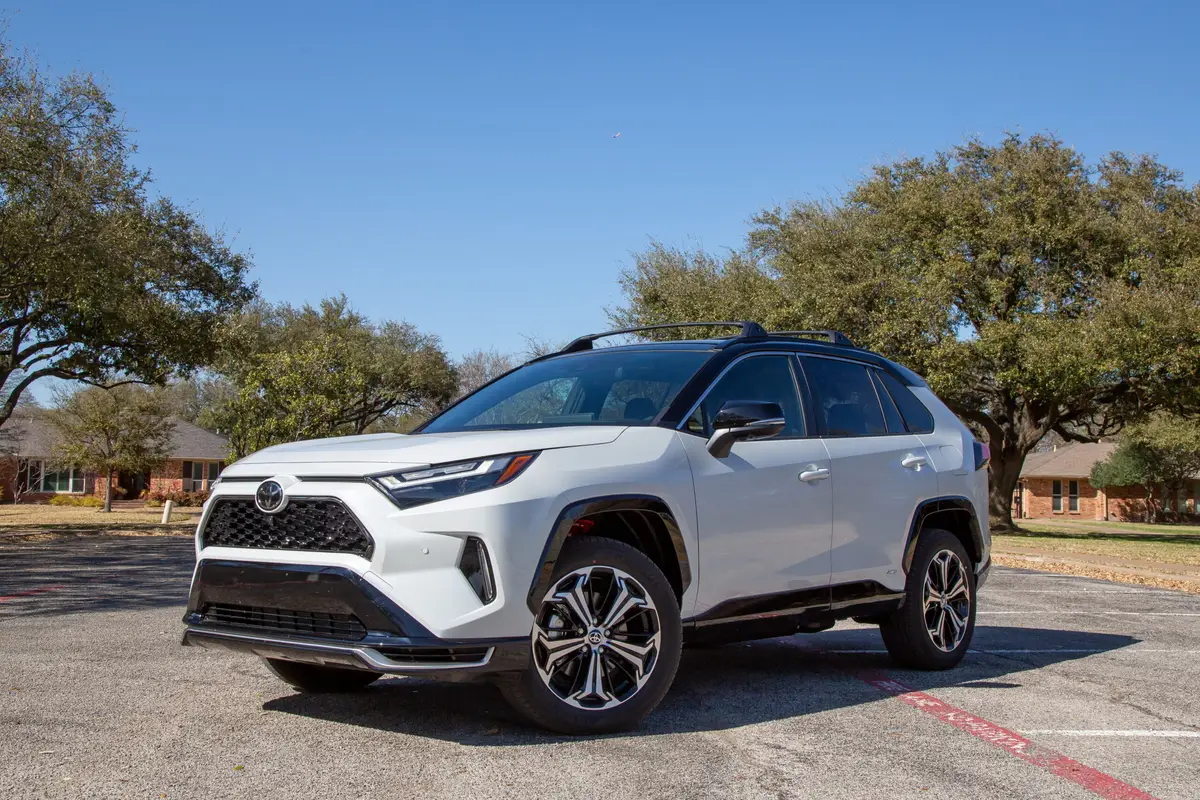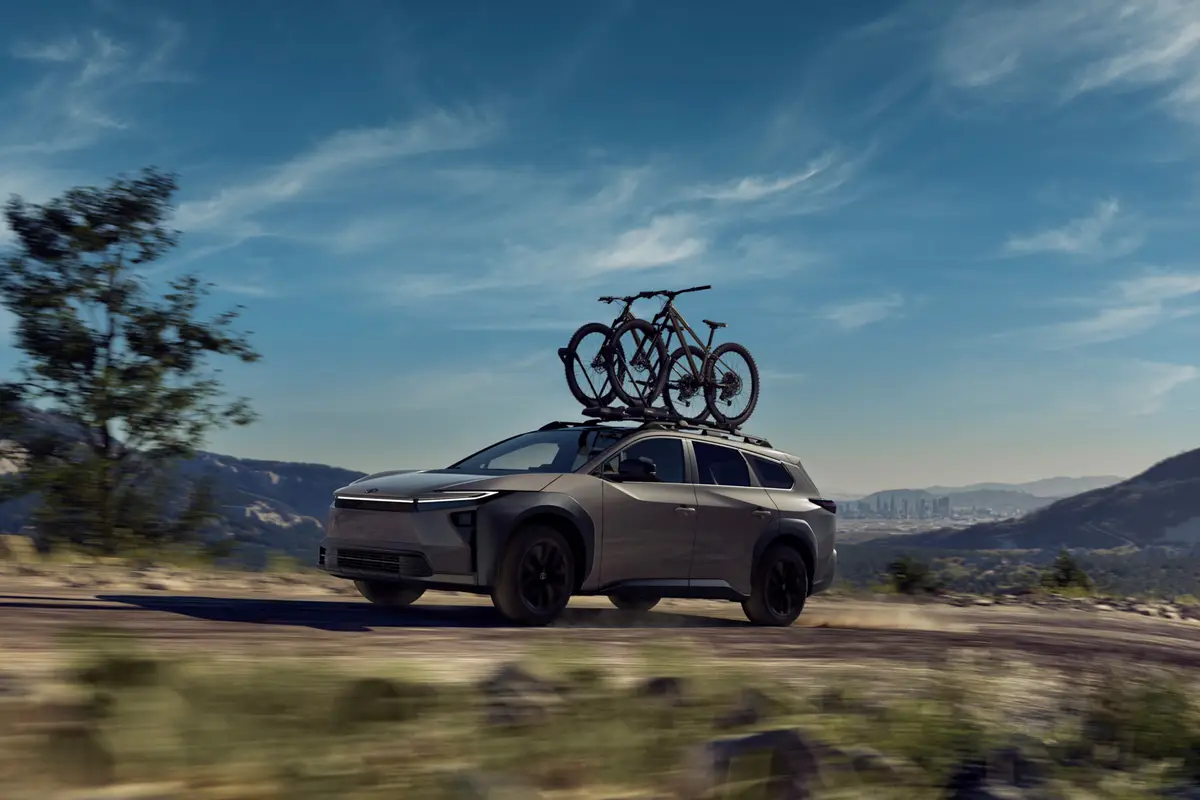washingtonpost.com's view
The 2001 Hyundai Santa Fe is a motorized peace treaty.
It ends war between people who hate sport-utility vehicles and those who love them.
It renders meaningless distinctions between cars and trucks, station wagons and minivans, luxury and economy.
It is the perfect compromise — small enough to avoid being a nuisance, big enough to be useful, designed well enough to be attractive, equipped well enough to be of value, priced reasonably enough to make sense.
The Santa Fe also drives, rides and handles as easily as the car on which it is based, the Hyundai Sonata sedan.
It is reasonably fuel-efficient, too. The tested Santa Fe GLS, in mostly highway driving, averaged 24 miles per gallon. That’s pretty good for an all-wheel-drive, V-6-powered car/truck weighing 3,494 pounds.
Add a respectable list of standard equipment, including air conditioning and power windows. Throw in three strong warranties — 10-year/100,000-mile limited coverage on the engine and transmission, five-year/60,000-mile bumper-to-bumper coverage, and five-year/60,000-mile coverage on corrosion. Offer it all at a base price under $21,000. The upshot? Not much to hate; a lot to love.
So it should come as no surprise that the Santa Fe is pulling in many happy Hyundai customers, such as Washington area resident Margaret Watson.
Watson did not want a sedan or minivan. Neither did she want a station wagon, truck or, as she put it, “big SUV.” She just wanted a commuter — a vehicle designed for metropolitan cruising as well as for hauling cargo and people. She also wanted “something that’s fun,” she said.
Watson looked at the comparably sized Lexus RX300 sport-utility wagon but wrote it off as “too expensive,” citing a base price of $33,905. She shied away from the Acura MDX (with prices starting at $34,370) for the same reason. She tried to track down a Toyota Highlander, essentially a less-expensive version of the RX 300 starting at $23,515. But the Highlander at that price was a two-wheel-drive, four-cylinder job.
Watson declared herself “happy, happy, happy” with her purchase. How long that happiness will last remains to be seen. Hyundai, after all, is offering super-long warranties on its products because of its earlier history of poor product quality in North America.
Hyundai entered the United States in 1986 with its Excel subcompact. The quality was lousy. The name was a joke. But the company gradually improved. Subsequent cars — the Accent, Elantra, Sonata and Tiburon — showed Hyundai moving in the right direction. The Santa Fe signifies Hyundai’s movement into the automotive mainstream.
The Santa Fe also shows something else — that multipurpose vehicles, combining the virtues of cars and trucks, are here to stay, for a while, anyway, joining Subaru with its Forester and Legacy Outback and the Honda CR-V, Toyota RAV4, Fo rd Escape, Mazda Tribute and Suzuki XL-7.
It is an industrial miscegenation in which opposites are joining to create a new reality. It soon will be unfashionable to speak of cars vs. trucks. It is hard to be against what you have become.
Latest news



